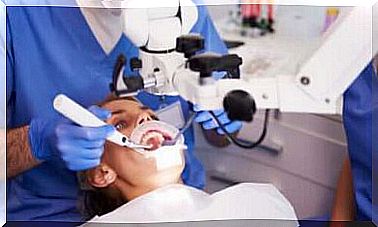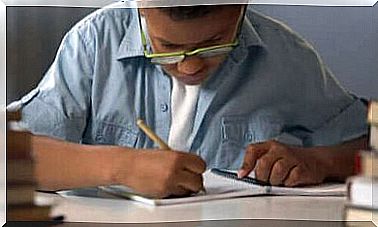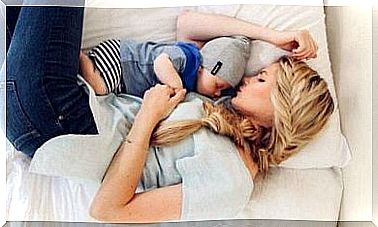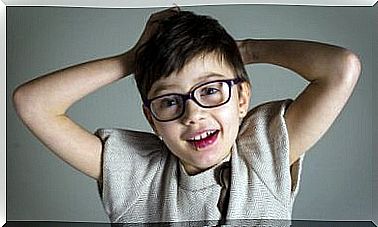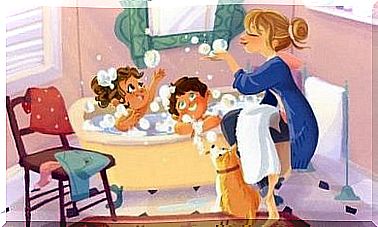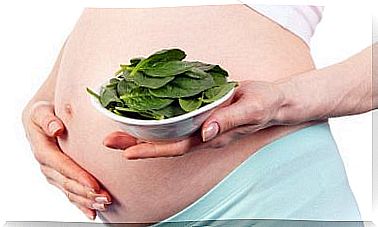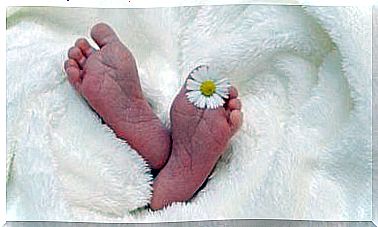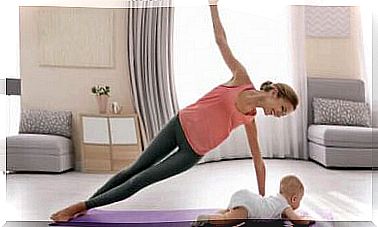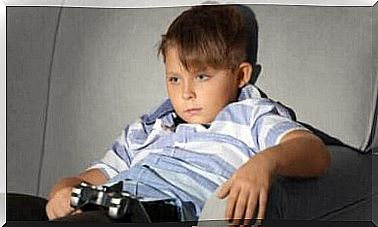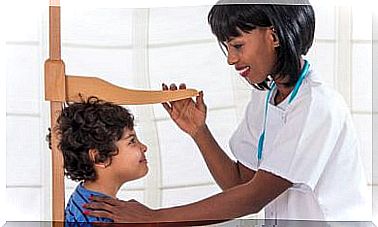Choose Your Children’s Shoes Carefully
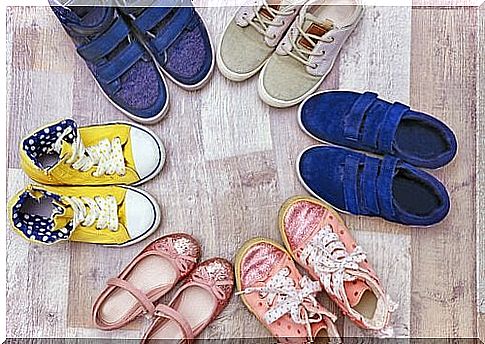
In this article, we share with you everything you need to know about choosing your children’s shoes.
Your child’s feet are fragile and you need to pay special attention when it comes to choosing your children’s shoes.
It is important to choose the right shoes for your child. However, it is sometimes difficult to find the right model among all the products available in the stores.
Remember that the ideal shoes for your children must meet the criteria of comfort, flexibility and lightness. There are also some important characteristics to consider that vary depending on the age of a child.
A good pair of shoes can help the little ones to adopt good posture and this will have a positive impact on their long term physical development.
Characteristics that should be taken into account when choosing children’s shoes
Here is a list of important features that you should keep in mind when choosing the right footwear for your child:
1. The material
This is one of the most important factors as it affects the comfort and durability of the shoes . Leather is the best material as it is breathable, flexible, insulating and very comfortable.
If you decide on leather shoes, make sure that the leather is present both on the outside and on the shoe side.
If leather forms the inner lining of the shoes, it guarantees comfort and breathability. This also applies in the summer!
Contrary to popular belief, a barefoot child sweats in a leather shoe much less than in a synthetic one.
2. Velcro or laces for children’s shoes?
Velcro has the advantage that it is very easy to use. All you have to do is put on your shoes and that’s it!
It is so simple that it can become a disadvantage because the child will be able to easily take them off.
Velcro also loosens easily so it cannot guarantee proper foot support, especially in the first years after a child learns to walk.
When it comes to laces, they will not be easily taken by your child unlike velcro. Laces provide good foot support, but you need to be careful not to tighten them too much to prevent pressure on the feet.
The downside when it comes to laces is that it can be difficult to put on if the child is irritable. It is also difficult to teach children to tie them on their own.
3. What size?
Shoes that are too small press the baby’s feet. On the other hand, shoes that are too large can also cause inconvenience.
The shoes will need to be tied very tightly to ensure that the shoes fit their feet. Shoes that are too large can cause discomfort when walking.
Here is the ideal technique when it comes to choosing the right shoe size for your child:
- Remove the false sole from the inside of the shoe. Place the shoe on the ground and ask your child to put their foot in it. Keep in mind that their toes should not extend beyond the width of the shoe.
- There must be a space of approx. 1 cm between the baby’s longest toe and the tip of the shoe to provide some room for growth.
4. Low ankle or high ankle shoes?
Low ankle shoes are not ideal for small children. Their feet are better suited for high shoes. In the first few years of life, a baby’s feet are flat as they have not yet developed arches.
However, once the arches have been formed (about 4 years) you can wear both low ankle and high ankle shoes.
What about babies? How can you choose the right shoes that they can take their first steps in?
In the first months after birth, shoes are more about satisfying the mother’s desires for small accessories for the baby. Shoes at this age play a protective role against cold and possible damage.
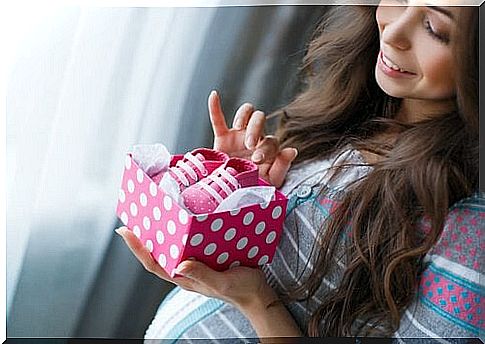
When the baby starts walking, their first shoe is mainly to facilitate their first attempt to get up and walk on their own.
It is preferable to choose your children’s shoes that fit the child and offer support that promotes the proper development of their feet.
Regardless of the age of the child, always choose shoes that are the right size, have a light heel and allow for approx. 1 cm between the tip of the toes and the end of the shoes to allow for growth.
You will need to change your children’s shoes frequently as they grow.
Finally, we hope our advice on how to choose the right shoes for your kids has helped you. from now on you have the knowledge to make the right choices.
